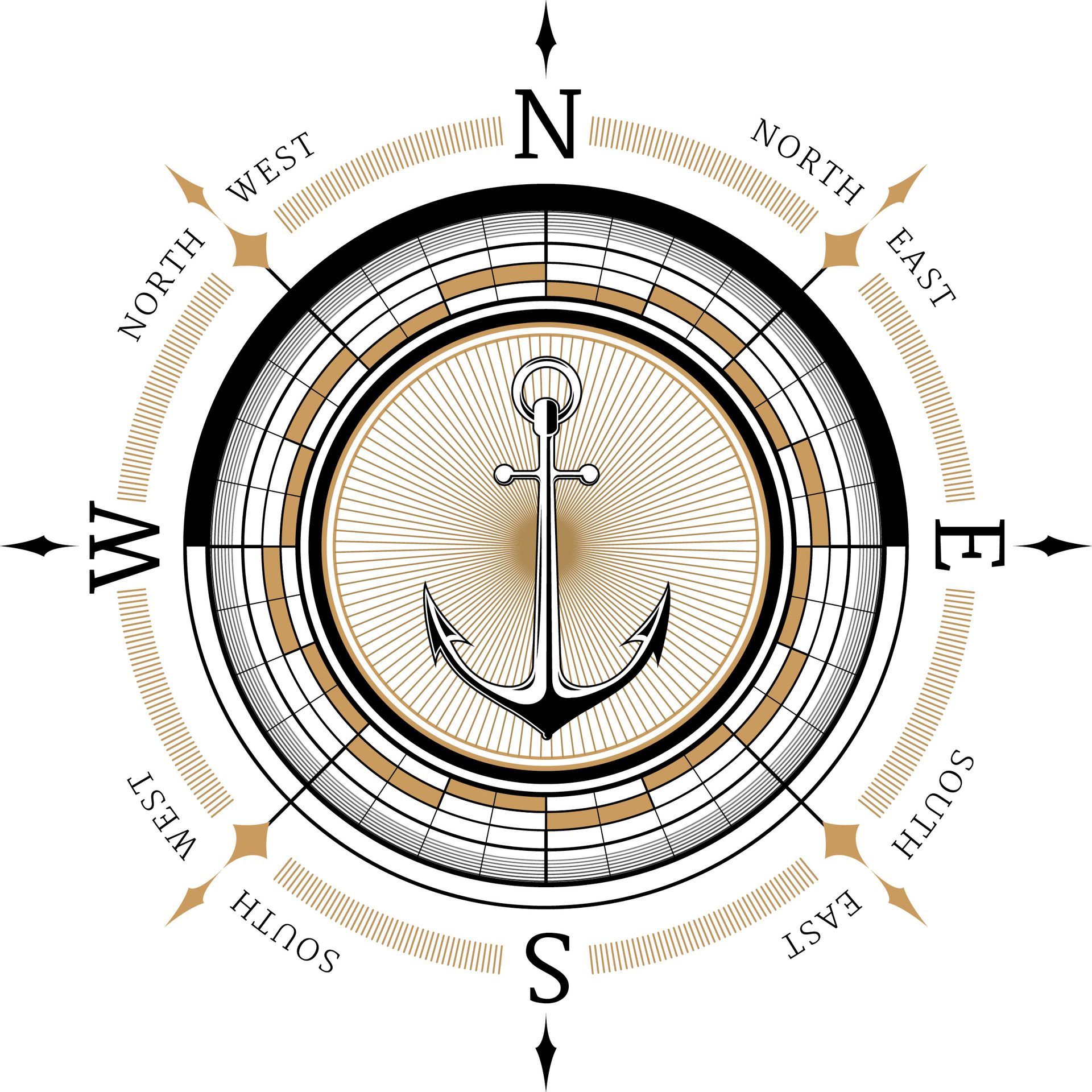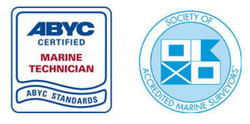01
PRE-PURCHASE
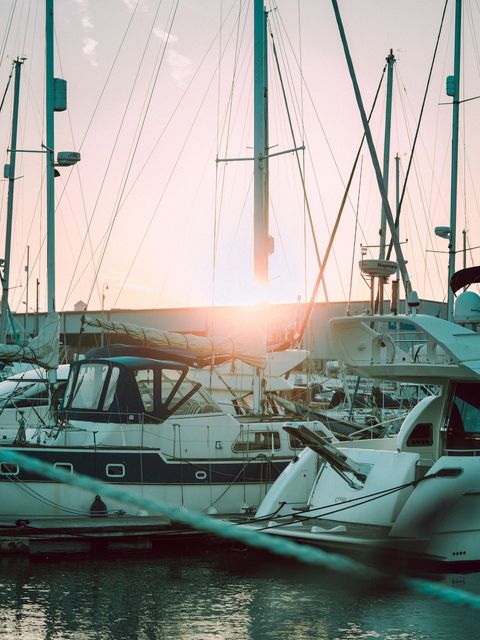
Most surveys start in the water with the vessel afloat. This enables the systems such as shore power, AC and DC electrical systems, air conditioning, engine startup and salt water head plumbing to be reviewed. If the boat is ashore, running gear is inspected while concentrating on moisture and voids in the hull fiberglass, topsides and deck. The last phase is the sea trial.
The vessel would normally have to travel to a yard to be lifted for inspection. Therefore a limited trial run could be concluded on route. As the majority of operating systems are covered by the first two stages, traditionally the limited trial run is the last stage of the proceedings.
What's the aim of a limited trial run?
A limited trial run (also known as a sea trial) is to ensure that the mechanical side can perform to its intended range under power. A performance trial. It is also to ensure as with a sailboat the sails, rigging and running gear are in working order.
Usually, if no other discrepancies have arisen from the first two parts of the survey, this is the final stage but yet there are still items to be tested at sea.
What if the vessel is ashore?
If the vessel is ashore for the winter season the survey will still go ahead and the limited trial run will commence in the spring when the vessel is commissioned, at which time the report will be finalized. Your broker will help with the details.
Can I start in any order?
Yes is the answer, it is your survey. Out of water sometimes comes first to evaluate the overall hull condition. Clients who recognize that osmosis can occur and do not want to own a vessel with osmotic blisters may make this the primary objective.
At any stage, the survey can be stopped.
02
CONDITION & VALUATION
This type of survey is conducted to ensure and qualify the condition of the systems and the equipment on the vessel. This type of inspection is normally conducted at the request of your insurance company. Most of the time an in-water survey satisfies the insurance company’s requirements, however sometimes a vessel will need to be hauled out of the water to complete the survey. It is suggested that clients ask their insurance company if their survey requirements demand that the vessel be hauled out of the water.
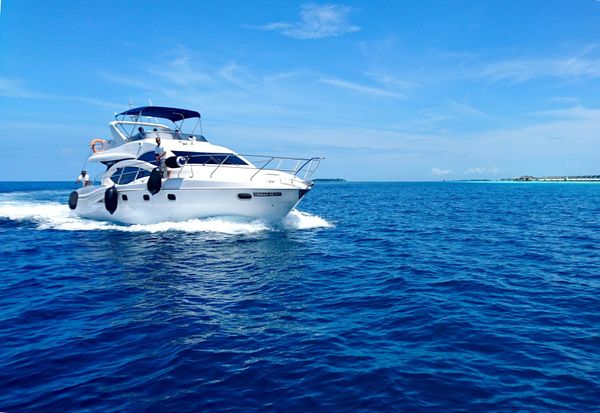
03
APPRAISAL
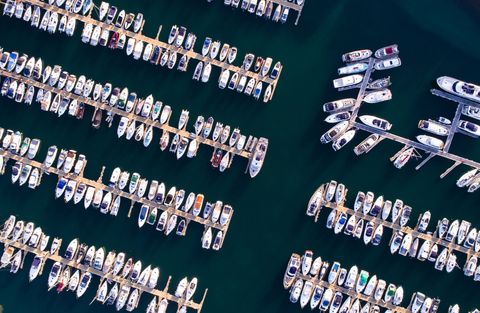
This type of survey inspection is conducted to attain a fair market value of the vessel for legal proceedings, donations, or estate claims. In most cases, an in-water inspection is satisfactory to the party requesting the survey inspection.
